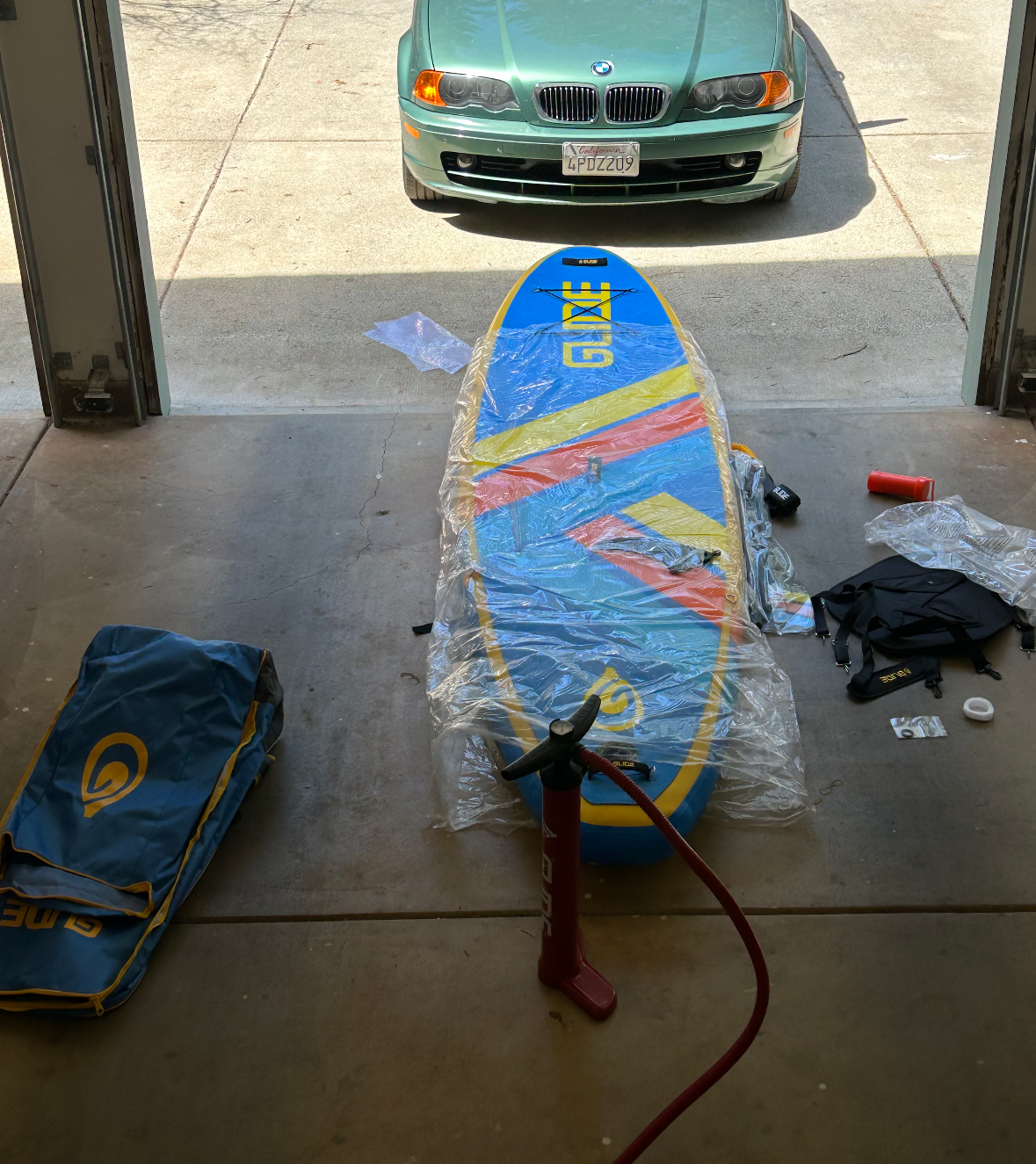
Can Inflatable Paddle Boards Burst? Understanding the Risks and Precautions
Inflatable paddle boards have surged in popularity, offering a convenient and portable alternative to their hardboard counterparts. Yet, amidst their many benefits, potential users often wonder: Can inflatable paddle boards really burst? Let's delve into this concern, exploring the factors that can lead to overinflation, the risks involved, and how to safely manage and prevent such incidents.
Key Highlights:
- Overinflation Risks: The primary cause of paddle board bursting is exceeding the recommended PSI, which puts undue stress on the materials and seams.
- Temperature Variations: Understand how changes in temperature can affect air pressure inside the board, potentially leading to overinflation if not adjusted.
- Material Wear and Tear: Regular use and exposure can weaken the board's structure; inspecting for damage is crucial for maintaining integrity and safety.
- Safe Inflation Practices: Always use a pump with a pressure gauge and follow the manufacturer's guidelines to maintain the right pressure levels.
- Environmental Adjustments: Inflate the board considering the day’s temperature and sun exposure to accommodate air expansion or contraction.
Introduction

The Reality of Bursting Risks
Yes, inflatable paddle boards can burst, but this outcome is rare and typically the result of certain conditions or misuse. Over inflation, temperature variations, and material wear are the primary factors that could lead to a board bursting.

Over inflation: The Leading Cause
Overinflation is the most direct path to a paddle board bursting. Boards are designed to operate safely within a specific range of air pressures, measured in PSI (pounds per square inch). Exceeding this limit can strain the board's materials and seams, potentially leading to a burst.
- Recommendation: Always adhere to the manufacturer's recommended PSI. Use a reliable pump with an accurate pressure gauge to avoid over inflation.

Temperature Variations: The Silent Culprit
Temperature plays a significant role in air pressure dynamics. Inflating a board in a cool environment and then exposing it to direct sunlight or higher temperatures can cause the air inside to expand, increasing the internal pressure dangerously.
- Preventive Measure: If you're heading out on a hot day, inflate your board slightly below the maximum recommended PSI to account for air expansion. Conversely, understand that air contracts in colder conditions, which might necessitate a top-up.

Material Wear and Tear
Regular use, exposure to the elements, and accidents can lead to wear and tear. Small damages can weaken the board's structure, increasing the risk of bursting under pressure.
- Safety Tip: Conduct regular inspections of your board for any signs of damage, such as punctures, abrasions, or seam tears. Early detection can prevent a minor issue from becoming a safety hazard.

Mitigating the Risk
While the thought of a bursting paddle board may be alarming, the risk can be significantly reduced through proper care and usage:
- Strictly Follow Inflation Guidelines: Use a pump with a pressure gauge and adhere to the PSI guidelines provided by the board's manufacturer.
- Be Mindful of Environmental Conditions: Adjust the inflation level based on the day's temperature and direct sunlight exposure.
- Regular Maintenance: Inspect your board regularly for any signs of wear or damage. Immediate repair can prevent further deterioration.
- Invest in Quality: Choose boards from reputable brands known for their durability and quality manufacturing, like Glide SUP. Quality boards are designed to withstand the rigors of use with less risk of bursting.
Conclusion
While inflatable paddle boards can technically burst, following the recommended practices for inflation, handling, and maintenance drastically reduces this risk. Awareness of how temperature affects air pressure, along with regular board care, ensures that your inflatable paddle board remains a safe, enjoyable part of your water sports adventures for years to come.

